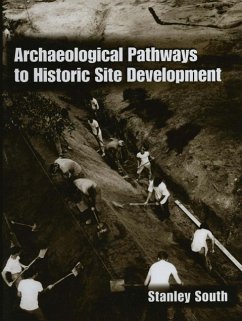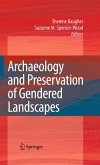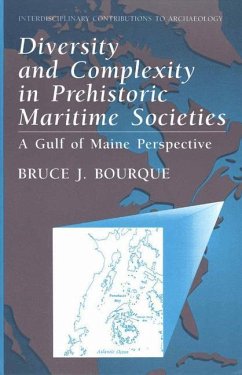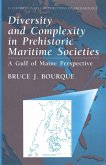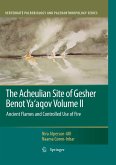This extensively documented work explores the historic site of Charles Towne, South Carolina. In his excavation, Stanley South discovered the artifacts from not only the European occupation of the late 1600's but also the earlier remains of Native American settlements. In this work, South criticizes archaeologists who "discover" artifacts only from the historic period they are focusing on and ignore the evidence from other equally important periods.
This excavation and research from one of the foremost historical archaeologists in America is a valuable resource to historical archaeologists, historians and anthropologists, especially those involved in the southeastern United States.
This excavation and research from one of the foremost historical archaeologists in America is a valuable resource to historical archaeologists, historians and anthropologists, especially those involved in the southeastern United States.
From the reviews: "[...] a major authority on method and theory in historical archaeology and an expert on the American Southeast, considers arhcaeological conservation, theory building, and historic site interpretation and restoration focusing on 1670-80 Charles Towne, South Carolina, and the Native American legacy that preceded European colonization. His well-documented compendium explicates "the process of historic site development for the education and entertainment of the visiting public", presenting a salient example of historic cultural resource management." (Choice, 40:2, October 2002) "The book is site reporting at its best. It is extremely well illustrated with numerous field excavation photographs, artifact plates, historical maps, and South's archaerological site plans, which rank among the most artistic and informative produced. This is an excellent site report and well worth the wait." (Journal of Anthropological Research, 59, 2003)

